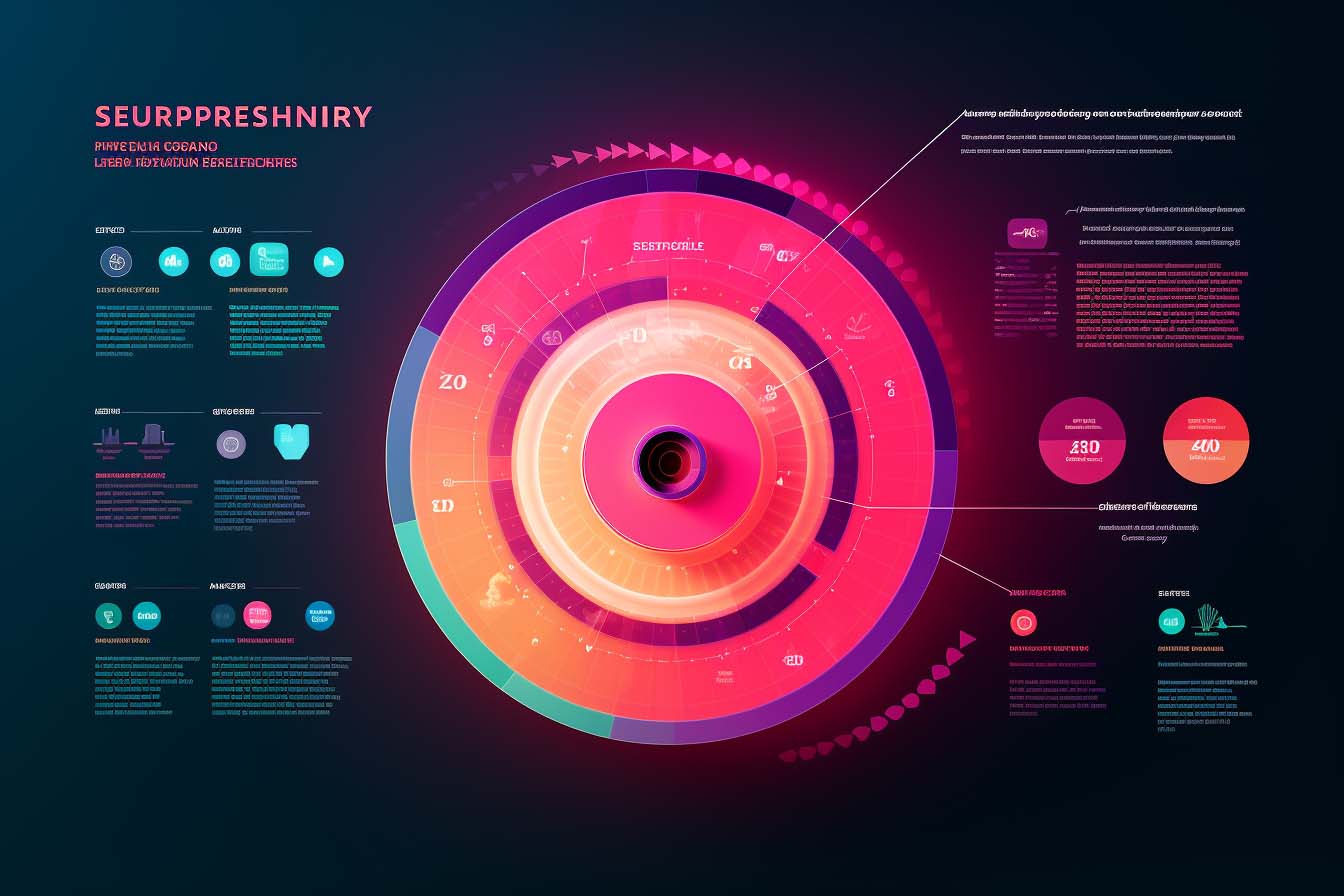Today, we explore the rise of telemedicine in the healthcare industry and how it is impacting Chief Information Officers (CIOs). As technology continues to revolutionize various sectors, healthcare is no exception. The advent of telemedicine has opened up a new era of patient care, allowing medical professionals to connect with patients remotely through video consultations and digital health platforms.
The Benefits of Telemedicine
Telemedicine offers numerous advantages for both patients and healthcare providers. First and foremost, it significantly enhances accessibility to care, particularly for patients in rural areas or those with limited mobility. Through telemedicine, individuals can receive medical consultations and diagnostic services without the need to travel long distances or endure lengthy waiting times.
From a CIO’s perspective, the integration of telemedicine into healthcare systems presents a unique opportunity to streamline processes, reduce costs, and improve overall patient experience. Through the use of secure and user-friendly platforms, CIOs can ensure seamless communication and data exchange between healthcare providers, allowing for efficient collaboration and more accurate diagnoses. Furthermore, telemedicine reduces the burden on physical infrastructure, freeing up resources for other critical needs.
The Role of CIOs in Embracing Telemedicine
As telemedicine continues to gain prominence, CIOs play a crucial role in its successful implementation within healthcare organizations. CIOs must champion the adoption of telemedicine technologies and bridge any gaps between medical professionals and IT departments.
One of the key responsibilities of CIOs is to evaluate and select the most suitable telehealth platforms or software solutions that align with their organization’s needs and goals. They must ensure that the chosen technologies are secure, compliant with regulations (such as HIPAA), and interoperable with existing electronic health record (EHR) systems. CIOs must also consider factors such as scalability and user experience to guarantee a smooth transition for both medical staff and patients.
CIOs also play a vital role in ensuring the seamless integration of telemedicine into the broader healthcare ecosystem. This involves collaborating with different stakeholders, such as healthcare providers, insurance companies, and regulatory bodies, to establish industry standards and guidelines for telemedicine practices. It is essential that CIOs stay up-to-date with the evolving regulatory landscape to ensure compliance and mitigate any potential risks associated with telemedicine implementation.
The Future of Telemedicine
The future of telemedicine looks promising, with the potential to revolutionize the healthcare industry further. Rapid advancements in technologies, such as artificial intelligence and virtual reality, may enhance the telemedicine experience by offering more accurate diagnoses, immersive virtual consultations, and personalized treatment plans.
CIOs must stay ahead of emerging trends and continuously evolve their strategies to leverage the full potential of telemedicine. This could include exploring opportunities for integrating telemedicine with wearable devices, harnessing big data analytics for proactive patient monitoring, and implementing secure communication channels for remote patient care.
Furthermore, the COVID-19 pandemic has accelerated the adoption of telemedicine, as physical distancing measures and lockdowns necessitated the use of remote healthcare services. This increased acceptance and familiarity with telemedicine have paved the way for its continued growth and integration into routine healthcare practices.
In conclusion, telemedicine is transforming the way healthcare is delivered, and CIOs have a pivotal role in embracing and optimizing its implementation. By embracing the digital transformation in healthcare, CIOs can propel their organizations forward, offering enhanced patient care, improved efficiencies, and greater accessibility to medical services.




